I have a number of instruments (12 volts, drawing a few hundred milliamperes) that occasionally need to be switched between one of two 12 volt lead acid batteries.
The toggle switch is break-before-make, so there's a fraction of a second interruption to the supply that causes a couple of the instruments to re-boot.
The instruments are black-boxes, and I don't know what's in them or how they work.
How can I smooth-out the power drop during the switchover and prevent re-booting? Will a capacitor and resistor in series across the load side of the toggle switch be adequate?
The internal characteristics of the instruments are unknown to me (that's part of the problem), so I don't know what sort of interruption to the supply is acceptable. Also, there are several instruments that may or may not be switched on at the time, which adds to the complexity of the issue, so I'm looking for the simplest most generic solution that doesn't require much sophistication - that's why I was thinking of just a 12 V capacitor and resistor across the switch.

